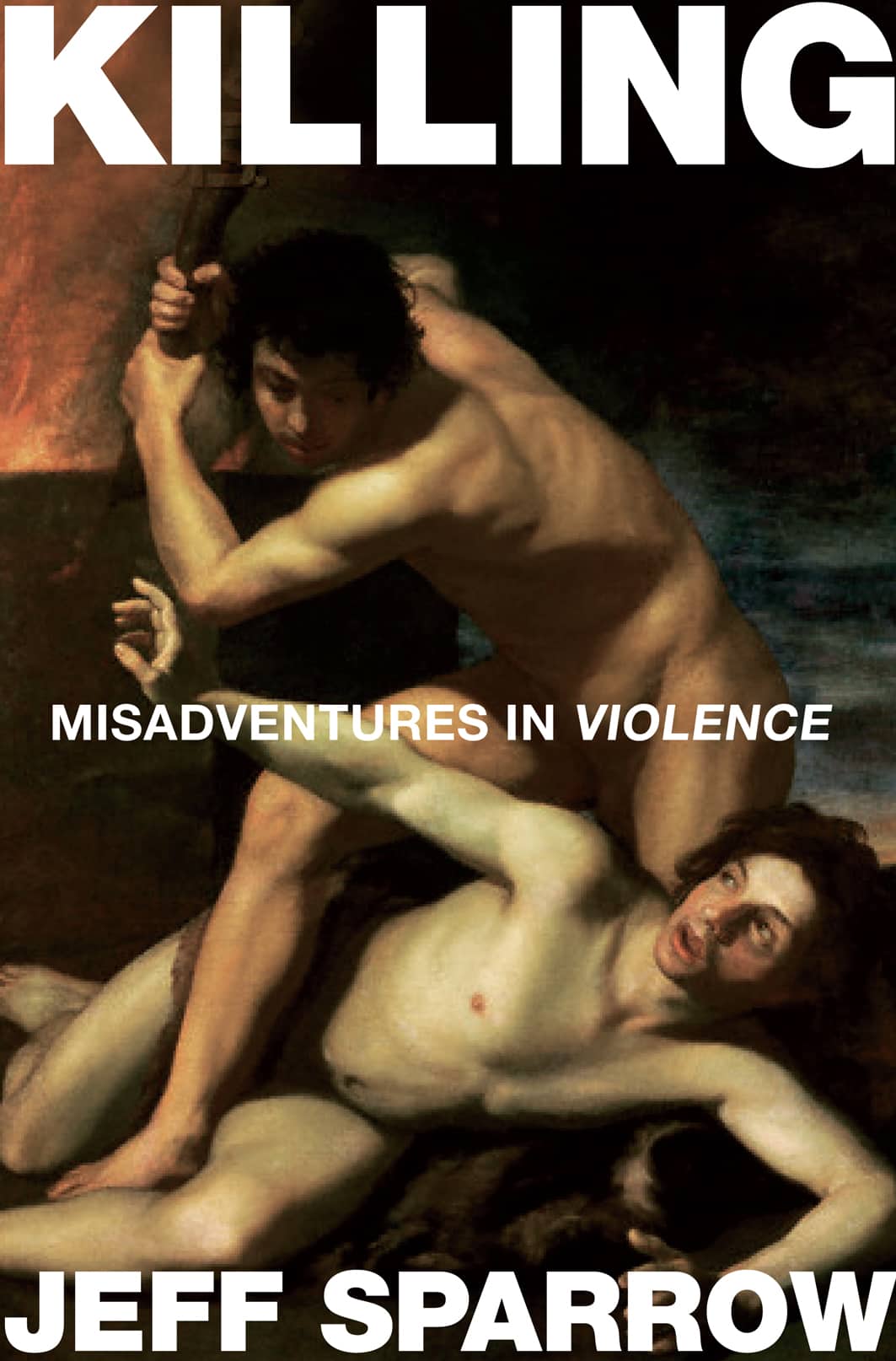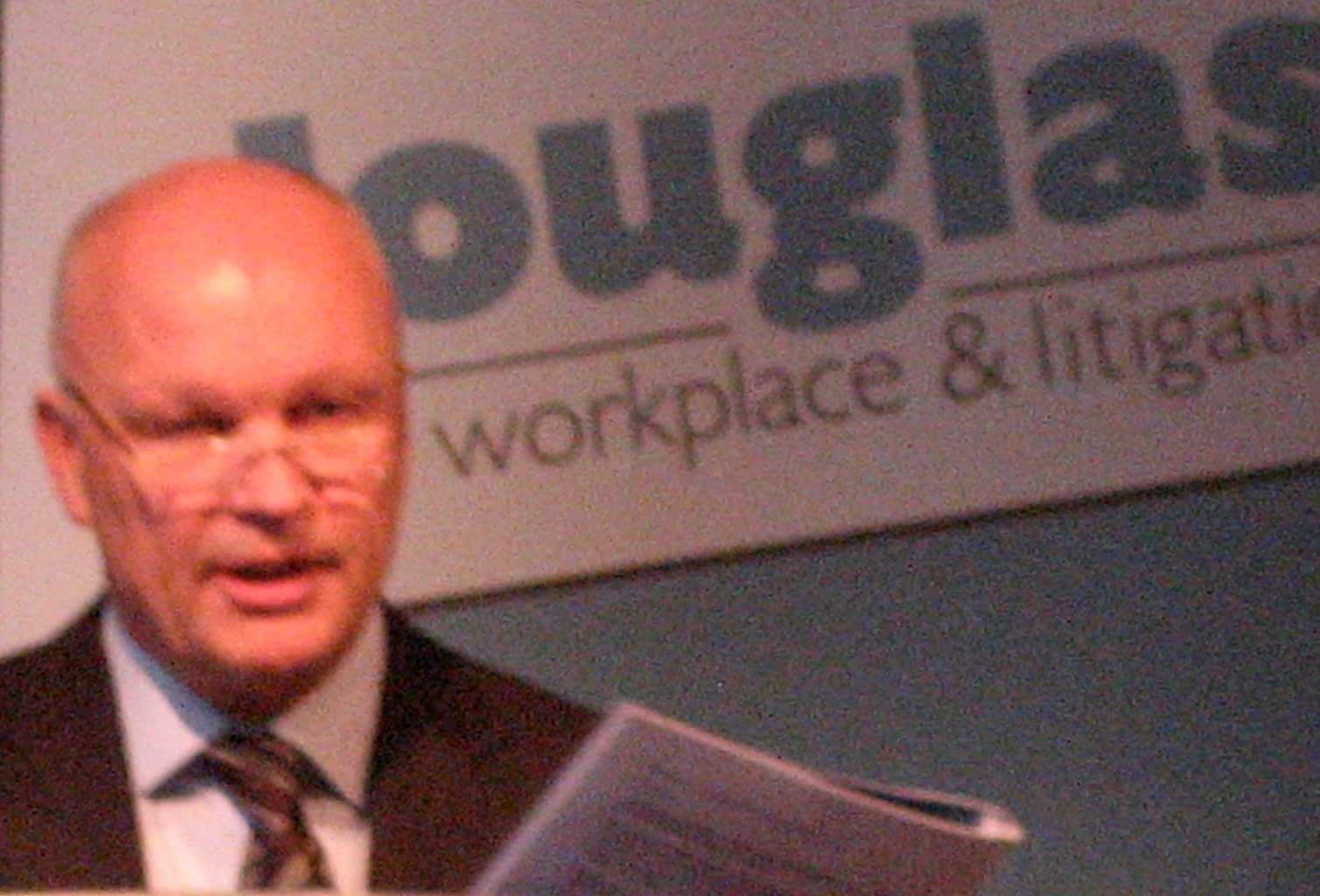There seems to be new institutes and academic schools popping up regularly over research into the issue of work/life balance. Recently one of the oldest and most prominent of the institutes, the Centre for Work + Life at the University of South Australia, released new research data.
The latest Australian Work and Life Index (AWALI) was released in late July 2009. The executive summary identifies several important issues relevant to OHS:
“Three years of data about work-life interference in Australia tell us that many employees experience frequent interference from work in their personal, home and community lives, many feel overloaded at work and feelings of time pressure are also common and growing.”
“Work hours are central to work-life interference….. Many Australians are a long way from their preferred working hours and the 2008/09 economic downturn has not made any difference to the incidence of this mismatch.”
The work by Barbara Pocock and others at the Centre is characterised by recommendations for improvements rather than simply describing a situation. In this data the researchers say
“Our AWALI reports over the past three years suggest that employers and public policy makers can help workers deal with work-life pressures. This involves improving the quality of supervision and workplace culture, controlling workloads, designing ‘do-able’ jobs, reducing long working hours and work-related commuting, increasing employee-centered flexibility and options for permanent part-time work, improving the fit between actual and preferred hours and increasing care supports.”
It is obvious from these comments that OHS professionals need to work hard on these matters to create, or maintain, their workplace safety cultures.



